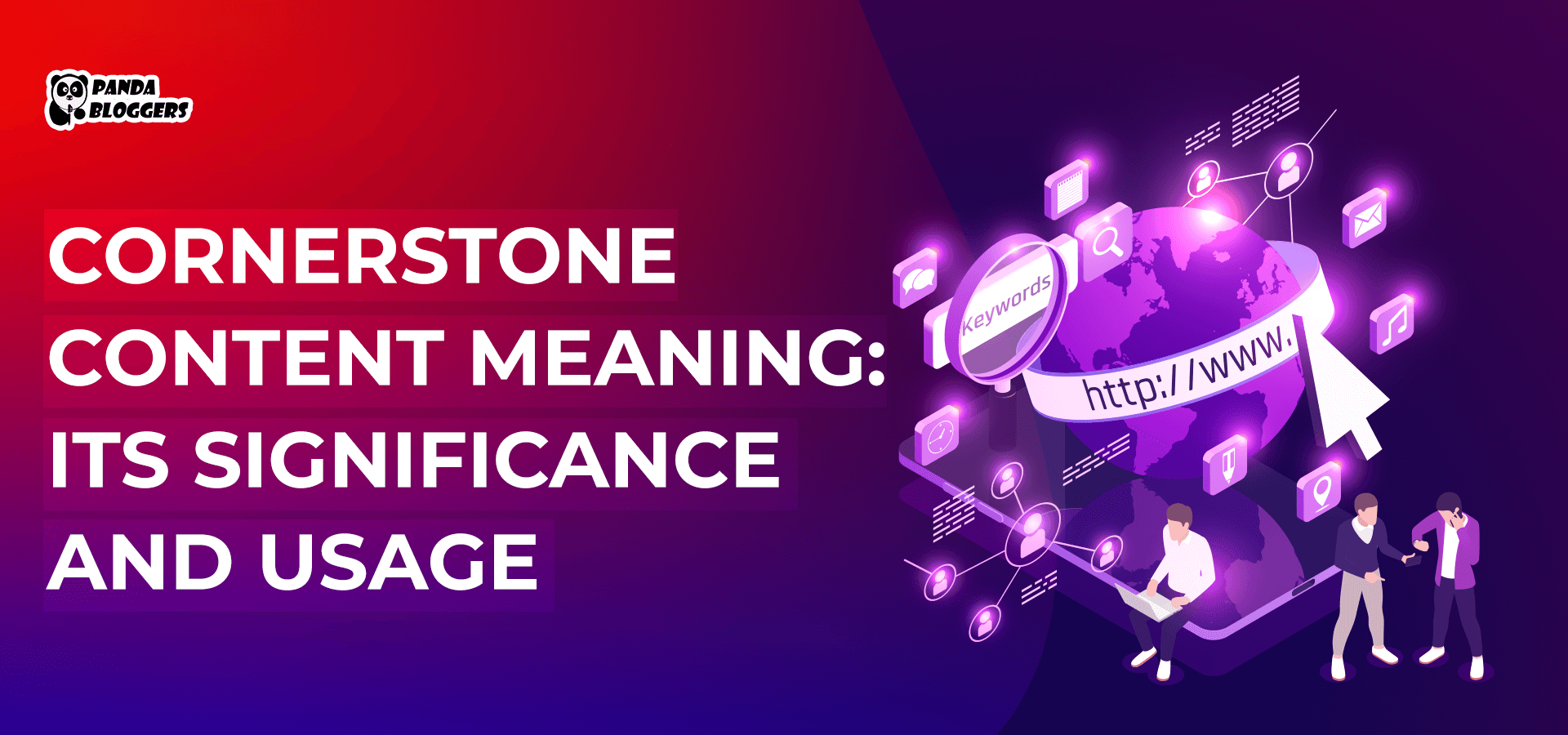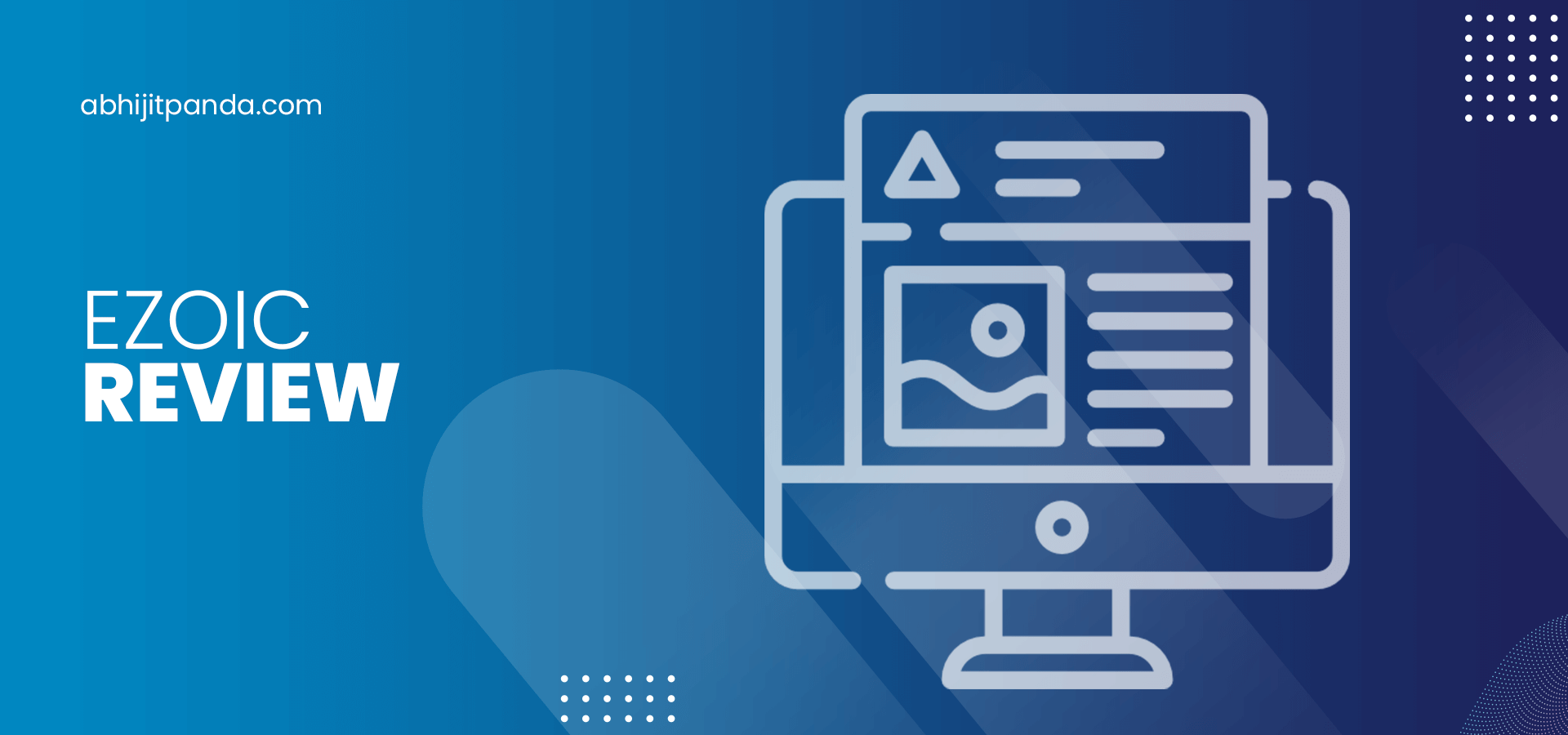 What is Cornerstone Content?
What is Cornerstone Content?
Webmasters and digital marketers divert search engine traffic to websites by publishing a variety of content regularly. They provide a foundation for the content strategy by publishing cornerstone content articles, blog posts, FAQs, and similar web pages.
In addition to being comprehensive and authoritative web pages, cornerstone content helps the website rank higher for competitive topics with high search volumes. Also, the content helps marketers increase organic website traffic and brand awareness by making visitors share, recommend, and link.
Cornerstone Content Meaning: What is Cornerstone Content?
According to Yoast SEO Blog,
“Cornerstone content consists of the best, most important articles on your site; the pages or posts you want to rank highest in the search engines. Cornerstone articles are usually relatively long, informative articles, combining insights from different blog posts and covering everything that’s important about a certain topic.”
Cornerstone content forms the core of a website and its content strategy. It refers to the web pages and blog posts a visitor must read while accessing the website for the first time. Hence, cornerstone content means web pages that are different from generic web pages like the home page and about us. Also, the content is optimized to remain complete, authoritative, and link-worthy.
While generating cornerstone content, content writers do not focus on promoting a brand or increasing sales conversions. Instead, they focus extensively on providing readers with complete and in-depth information on specific topics. In addition to reviewing and proofreading the content repeatedly, they update the content regularly to provide up-to-date information to readers.
Cornerstone Content SEO Impact
The creation, publication, and maintenance of cornerstone content have become an integral part of new-age SEO strategies. Here are some reasons why cornerstone content is important for boosting a website’s user experience and search engine ranking.
Establish Authority and Expertise
The latest quality rater guidelines released by Google emphasize experience, expertise, authoritativeness, and trustworthiness (E-E-A-T). A website can rank higher on SERPs only by showcasing its expertise and authoritativeness on fundamental themes. Cornerstonestone content helps websites comply with E-E-A-T guidelines by covering fundamental topics comprehensively.
Rank for Highly Competitive Keywords
While creating and optimizing cornerstone content, content creators embed high-volume and highly competitive keywords in the articles or blogs organically. The targeted keywords make the long-form content rank higher on SERPs. Marketers can further drive more organic traffic to a website by publishing content that addresses important concerns or answers common queries in the industry.
Strengthen the Internal Link Structure
In addition to making it easier for visitors to access other pages on the website, internal links spread link equity evenly among interlinked pages. While creating cornerstone content, content writers get opportunities to interlink the long-form article or blog to relevant pages or posts on the same website. The internal link structure increases a website’s search engine traffic by acting as a powerful ranking factor.
Remain Relevant in the Long Run
While selecting or crafting cornerstone content, writers focus on keeping the content fresh, valuable, and relevant in the long run. In addition to using up-to-date information on a topic, they update the content regularly. Hence, the content continues to impress search engines by standing the test of time. Also, it helps marketers make the website rank for targeted keywords despite frequent search engine algorithm changes.
Keep Website Visitors Engaged
Often searchers visit multiple websites to gather additional and comprehensive information on a topic. Cornerstone content prevents them from visiting external websites by providing in-depth and up-to-date information on specific topics. Also, visitors often promote the content by liking, sharing, and recommending it to others. Hence, it becomes easier for marketers to increase the average time spent on the website and reduce bounce rates.
Cornerstone Content Usage
As noted earlier, marketers use cornerstone content as one of the powerful SEO tools to make websites rank for highly competitive keywords. Here are some best practices they follow to optimize cornerstone content usage.
Identify the Core Topics
Often marketers boost SEO strategies by creating and optimizing multiple pieces of cornerstone content. They create the content by focusing on topics that establish a brand’s expertise and authoritativeness. For instance, while optimizing a website offering SEO services, they create and promote multiple pieces of long-form content to build the authority required to increase search engine rankings.
Form Content Clusters
Marketers form content clusters by complementing the main topic with interrelated subtopics. In addition to posting long-form articles or blogs on the main topic, they publish additional blogs related to the main topic. These additional blogs or articles provide more detailed information about the points discussed in the cornerstone content.
Conduct Keyword Research
Keyword research is a crucial step in the cornerstone creation and optimization process. Marketers gather cornerstone content ideas by researching keywords for which competitor websites are ranking on the SERPs. In addition to including the primary keyword in the web page’s title and first paragraphs, content creators embed them organically throughout the long-form content.
Interlink Related Content
No marketer can create this form of content successfully without including internal links. They use internal links to make visitors use cornerstone content as a map to understand subtopics by visiting relevant pages on the website. In addition to boosting the page’s search engine ranking, internal links help visitors gather in-depth information about the main topic without visiting competitor websites. Here are some internal linking best practices for you to follow.
Boost Content Readability
While selecting cornerstone content, marketers often choose articles and blog posts whose length is about 2000 words. Hence, content creators have to focus on keeping visitors engaged and making them read the content end-to-end. They boost content readability by adopting best practices like keeping paragraphs short, including bulleted points, including a table of contents, and adding FAQ sections.
Keep the Content Fresh
Marketers make maintenance and updating an ongoing process to keep the cornerstone content fresh and relevant in the long run. Content creators keep the long-form article or blog fresh by updating statistics, discussing case studies, and including quotes from industry experts. Also, they engage visitors by rewriting specific sections of the comprehensive content.
Conclusion
Cornerstone content refers to the long-form and high-quality pages that make a website stand out from the competitors. In addition to being the most comprehensive and important piece of content on a website, cornerstone content increases its organic traffic by ranking on SERPs for competitive keywords.
In addition, cornerstone content enhances the credibility of brands by positioning them as educators and industry experts. That is why; digital marketers these days outperform competitors by looking for innovative ideas for generating cornerstone content that keeps the target audience interested and engaged.









Leave a Reply